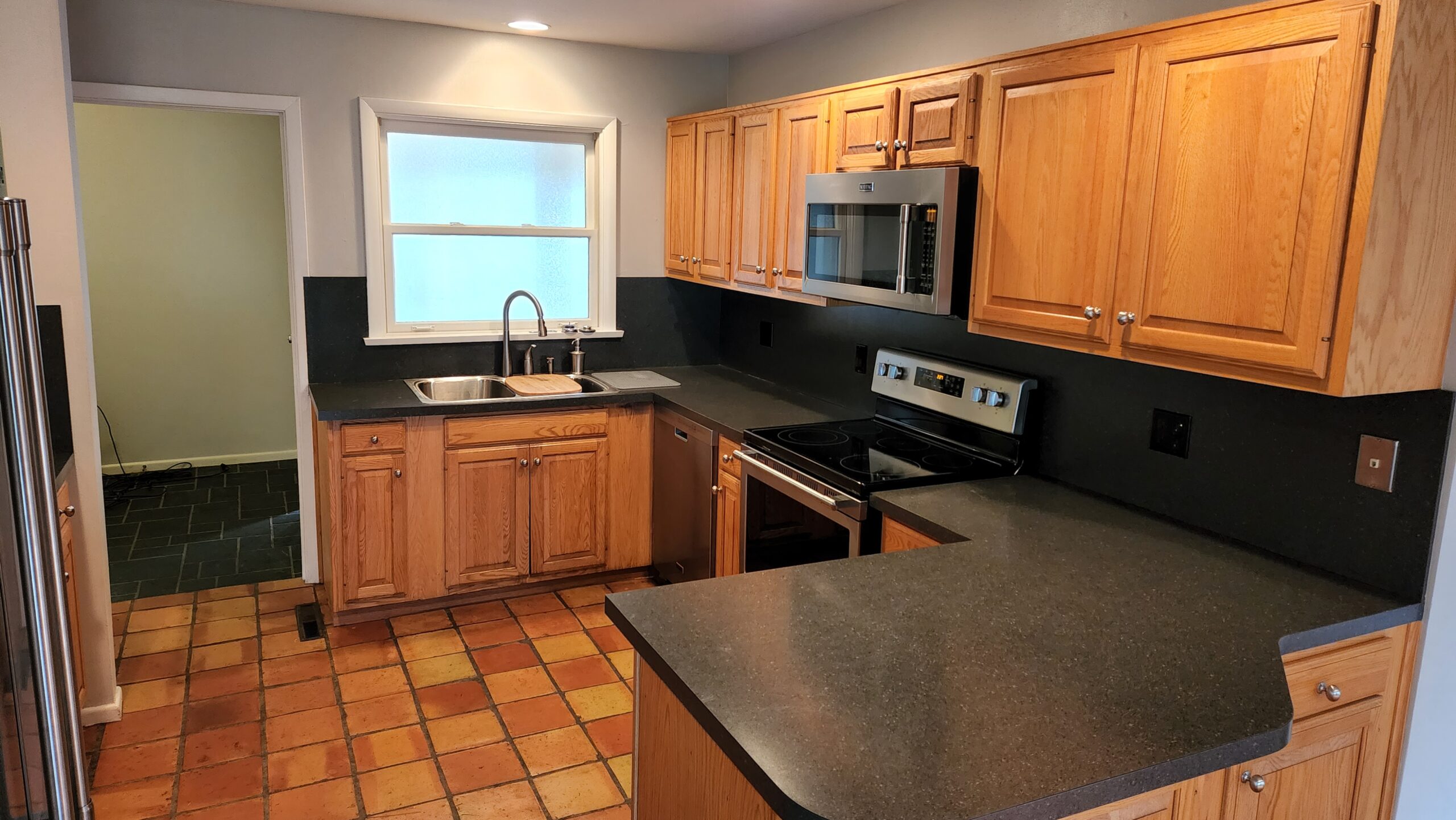
Selling a home means stepping into a psychological game with your buyer–what do you fix before selling? You’re not just listing square footage; you’re packaging trust, taste, and imagined futures. But you don’t need to sink tens of thousands into renovations that won’t yield returns. The key is knowing what to repair, what to refresh, and what to simply leave alone. It’s less about perfection and more about momentum. Smart sellers focus their energy where buyers actually care, and let the rest go.
Start With Structural and Safety Repairs
No matter how cute your kitchen backsplash is, if the roof leaks or your outlets spark, you’re going to hit a wall. Buyers (and their lenders) flag safety issues long before style ones. So before you chase cosmetic upgrades, walk your home with an eye on anything that compromises safety or function. Prioritize plumbing leaks, HVAC issues, roof damage, and major electrical flaws. Think of it as removing deal-breakers. You’ll set the tone by handling the essential repairs before listing instead of letting them tank negotiations later.
Spruce Up Your Home’s First Impression
You have seven seconds to make a visual impact, and that timer starts at the curb. Overgrown hedges, dirty walkways, or a tired mailbox might not seem dramatic, but they shape a buyer’s mood before they reach your door. The fix isn’t complicated: trim shrubs, wash siding, maybe add potted plants and a new welcome mat. These quick exterior enhancements boost value in ways that feel emotional, not just logical. People don’t buy houses…they buy how those houses make them feel.
Tackle Simple Cosmetic Upgrades Indoors
Inside, you don’t need a renovation crew, just a few basic tools and some sweat equity. Swap dingy switch plates, update mismatched cabinet knobs, and apply a fresh coat of neutral paint. These small changes create cohesion and signal care without pretending to be a total remodel. If your fixtures scream early 2000s, replace them with something subtle and current. Buyers might not notice each detail, but they feel when a home is updated. And those fresh paint and hardware updates quietly help seal the deal.
Consider a Pre‑Inspection for Confidence
Buyers bring inspectors. If they find issues you didn’t disclose, you could lose leverage or even the deal. Getting ahead with your own inspection shows transparency and gives you a chance to fix (or price accordingly) before the buyer ever shows up. It’s not required, but it’s powerful. When you consider a pre‑home inspection, you’re protecting yourself from last-minute surprises and showing buyers that you’ve got nothing to hide. That confidence makes your listing stand taller than the rest.
Declutter and Stage for Spaciousness
You want buyers to feel like they could live there and not like they’re intruding on someone else’s chaos. So box up personal items, remove oversized furniture, and eliminate anything that blocks pathways or light. Then scrub like someone with a magnifying glass is coming. The goal is to declutter and deep‑clean every room until it feels open, peaceful, and inviting. Even if your square footage is modest, it can feel expansive if nothing’s competing for attention. Space isn’t just physical, it’s psychological.
Handle Paperwork Smoothly and Digitally
When offers start flying, don’t let paperwork slow you down. You might need to scan ID, receipts, appliance warranties, inspection reports, or handwritten addenda—sometimes on the spot. Instead of running to a print shop, just use a free scanner app to digitize anything from your phone. It’s faster, cleaner, and way less stressful than scrambling for a scanner when your buyer’s agent is texting you at 10 p.m. Keeping everything tidy and mobile speeds up decisions and minimizes second-guessing.
When Selling to a Direct Buyer Makes Sense
Sometimes, the best fix is handing it off to someone else entirely. If your house needs more than you can give, or you just want out fast, reaching out to professionals to purchase your property can be the cleanest route. You can skip open houses, staging stress, and repair timelines. For many sellers, especially those relocating or managing estates, speed outweighs max profit. If that sounds like a good fit, reach out to Direct Property Buyer. These deals often close quickly and in cash, which can help reduce decision fatigue.
Selling your home isn’t about creating perfection, it’s about creating momentum. Tackle the big repairs, tidy the surface, and then know when to step back. A home that’s clean, safe, and emotionally inviting will always outperform one that’s “almost finished.” Know where your energy belongs, and you won’t waste a minute (or a dollar) on projects that don’t move the needle. Focus on simplicity, transparency, and strategic upgrades. That’s how you sell faster—and smarter.
continue reading
Related Posts
It's time to navigate to a new city to reinvent your daily rhythms—but it also comes with real stakes...
Retirement often invites the question: what now? For many, the
Owning an investment property isn’t just about collecting monthly rent — enhance it to build a thriving asset...







